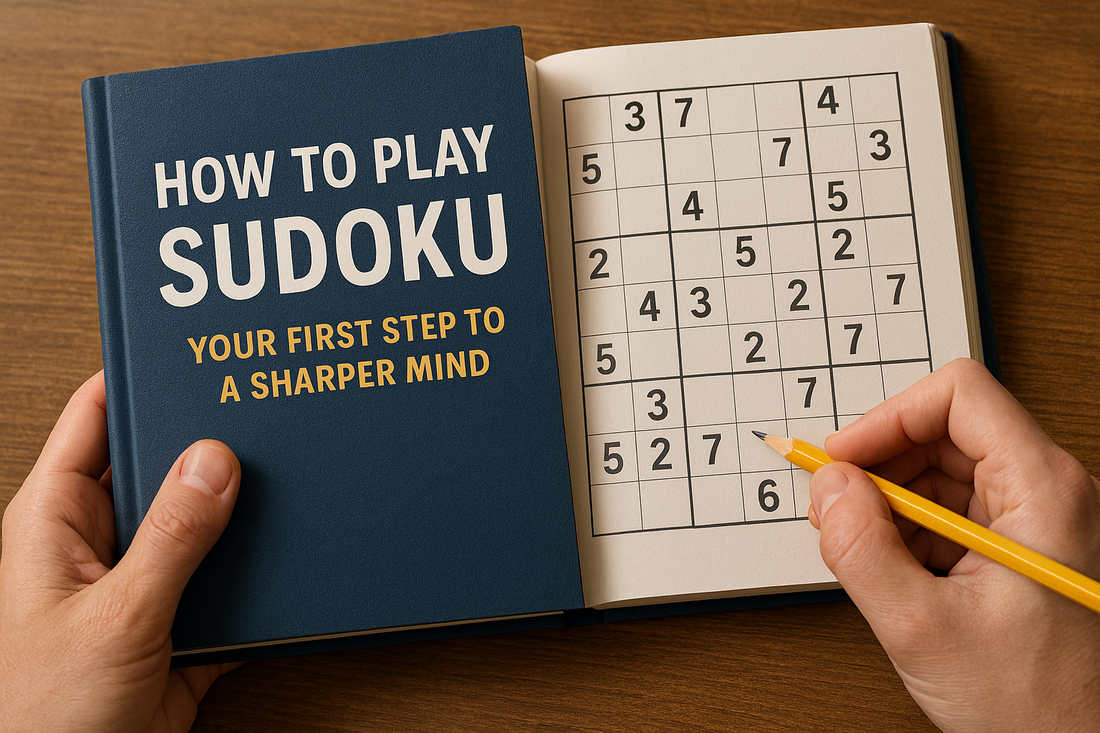Good comms in CS:GO aren’t just about spitting out map names and enemy counts — they’re about rhythm, timing, and saying the right thing without flooding the channel with noise. The players who get it right aren’t the loudest, they’re the clearest. And yes, having your setup sorted helps — a clean mic, push-to-talk, maybe even a cs2 cfg download to lock in your preferences so you don’t have to fight your own settings mid-match. All the little tweaks matter, but the way you call out info still makes or breaks rounds.
Why Communication Matters
CS:GO — and now CS2 — are ruthless about punishing hesitation. A round can swing because one guy didn’t hear a call or because someone said it a second too late. You can frag out all you want, but if nobody’s talking, it’s a coin flip. When five voices actually sync up, you stop playing five solo games and start playing as a team.
It also sets the tone. Clear, calm comms keep everyone anchored. Panic comms, on the other hand, spread like a virus. Tilt thrives on silence or screaming. The one player who calls steady, useful info is the difference between chaos and a comeback. And just like using the right CS2 configs or tweaking your CS2 cfg file gives you a performance edge, strong comms give your team a mental edge.
Info vs. Clutter
A lot of players think more talk equals better talk. It doesn’t. Saying “mid, mid, mid!” on loop is just noise. The useful version is “one pushing mid, AK, 40 HP.” That gives teammates position, weapon, and condition — three things they can actually act on.
The trick is striking balance. Too little info leaves your team guessing; too much clogs the airwaves. A quick, complete sentence is worth more than a monologue. Think of comms like ammo: short bursts are effective; spraying everywhere just wastes it. It’s the same logic behind optimizing settings — whether you download config CS2 files from pros or create your own, precision always beats spam.
The Anatomy of a Useful Callout
The anatomy of a useful callout becomes much clearer when you break it down into its core components. Every strong callout can be understood through location, action, and detail — each of which adds a crucial layer of clarity. Seeing them side by side helps highlight why all three are needed.
| Part | What It Is | Example | Why It Matters |
|---|---|---|---|
| Location | The shorthand spot on the map. | “Two arch” | Fast and precise; avoids long explanations. |
| Action | Describes movement or status. | “Apps clear” vs. “apps” | Turns vague info into something teammates can act on. |
| Detail | Extra info: health, weapons, utility. | “AWP pit, lit 60” | Changes how your team approaches the fight. |
When you put these three parts together, callouts transform from background noise into actionable information. A single phrase can convey position, movement, and threat level — arming your teammates with everything they need to make the right play in the moment.
Timing: Knowing When to Talk
The best players don’t just know what to say; they know when. Mid-round chatter kills more rounds than missed shots. If your IGL is calling a strat, your job is to feed him clear updates, not narrate your crosshair placement.
Good timing means calling when something changes. You saw a rotate? Call it once. You died? Call who killed you, where, and what gun they had — then mute. You heard utility pop? Share it, then stop repeating it. Every second you talk over new intel is a second your team loses.
Rounds also have tempo. Early round, comms are light — spawn info, quick peeks. Mid-round, it’s about enemy positions and rotations. Late round is razor-sharp: one call, maybe two, then silence. That’s when seconds matter most, and chatter is expensive.
Keeping It Human
Nobody wants to play with a robot. The best comms have personality — enough humor to keep morale up without drowning out focus. A dry “don’t peek him, he’s got a better monitor” after losing a duel is better than dead air.
Tilt is a team-killer. Jokes, when timed right, keep people from spiraling. But timing applies here too. Don’t crack jokes while a teammate is clutching. Save it for the freeze time after. A little sarcasm between rounds resets the mood faster than any tactical timeout.
Tools That Help
Technology won’t fix bad habits, but it helps polish the good ones.
A decent headset makes a huge difference. You don’t need the fanciest model, just something that delivers clear audio both ways. If your mic cuts out every other word, your best comms mean nothing.
Push-to-talk is non-negotiable. Nobody wants to hear your keyboard, desk fan, or roommate reheating leftovers. Bind a key that feels natural. Make it muscle memory.
Configs matter more than most players admit. Radar size, volume balance, mic sensitivity — all the small settings add up. A cs2 cfg download gives you a clean baseline, and from there you can adjust. The less time you spend fiddling mid-match, the more bandwidth you save for real communication.
Reading Your Team
Not every lobby is the same. Solo queue demands one style; a five-stack demands another. With randoms, keep it short and sharp: location and action, nothing else. With friends, you can layer calls: “fake B pressure, then wrap A through mid.”
Every team has archetypes. The over-talker, who narrates like it’s a stream. The ghost, who never says a word. The trick is managing both. Keep your comms tight to counter the chatterbox. Ask direct questions to pull the silent guy into the conversation. “Anything banana?” works better than waiting.
Adapting to your team’s rhythm is as important as adapting to the enemy’s.
Small Tricks That Add Up
These little habits might not seem like much in the moment, but stacked together they create consistency and reliability. In games where the margins are razor-thin, those extra bits of coordination often make the difference between winning and losing. Treat them like muscle memory, and they’ll pay off in the rounds that matter most.
Pre-Round Plans
Use freeze time. Ten seconds in spawn is enough to assign who’s watching what. That way, when a rush comes, you don’t get five people yelling the same call.
Death Comms
Your comms don’t die when you do. In fact, death is often the most important moment. The second you go down, say who killed you, where, and with what. Then stop. Let the alive players take it from there.
Utility
If you’re about to die with smokes or flashes, tell someone. Countless rounds have been lost to players falling with grenades unused. A quick “I’ve got smoke for B” might change the hold.
The Culture of Comms
CS:GO is international. Not everyone in your server speaks your language, and not everyone wants to. Sometimes, the smartest call is to ping the map, use the in-game radio, or type a short message. It’s not glamorous, but it’s still communication.
The bigger problem is toxicity. Screaming insults isn’t communication. It’s ego. If you can’t stay calm, mute yourself. Ironically, the best trash talk often comes from the other team, not your own.
Why It Matters
At the pro level, comms are as rehearsed as smokes and strats. Watch any top team and you’ll hear near-constant talk, but none of it is filler. It’s short, precise, and relentless. That flow of information is what lets them play at that speed.
For the rest of us, comms are the glue. You don’t need perfect aim or perfect strats. If your communication holds, you can win rounds you had no business winning. If it doesn’t, even the sharpest shots fall flat.
Final Thoughts
CS:GO and CS2 aren’t just aim tests. They’re team games built on fragments of information passed at the right time. Communication doesn’t have to be poetic. It just has to be useful.
Say what matters, say it clearly, and stop when you’re done. Because the players remembered aren’t the ones who shouted the loudest. They’re the ones who gave the one call that saved the round. And just like fine-tuning CS2 configs or adjusting a CS2 cfg file to get the best performance, fine-tuning your comms is what makes a good player into a great teammate. If you want to sharpen both your settings and your teamwork, don’t hesitate to download config CS2 files from pros and combine them with disciplined, precise communication.









— 评论 0
, 反应 1
成为第一个发表评论的人